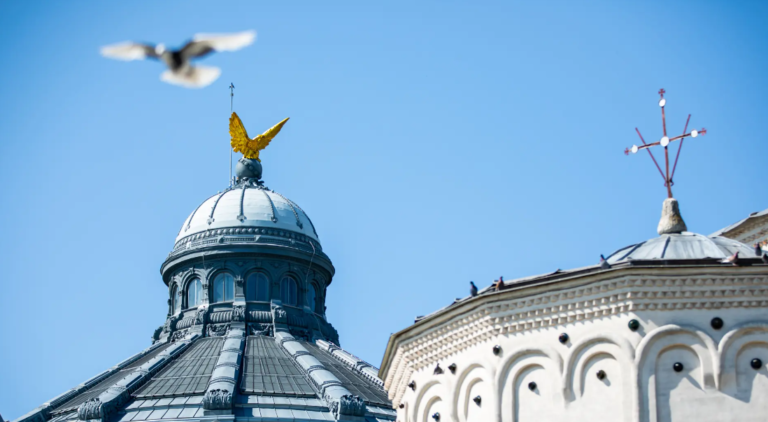Yesterday marked 139 years since the Ecumenical Patriarchate recognized the autocephaly of the Romanian Orthodox Church, a significant moment for both the Church and the Romanian State, which had gained independence from the Ottoman Empire in 1877.
Autocephaly is the acknowledgement of the spiritual maturity, administrative autonomy, and pastoral freedom of an Orthodox Church in a country that has become an independent state, as explained by the Patriarch of Romania in 2015.
The process leading to this moment was carefully planned with the involvement of Romanian diplomats and statesmen. Prince Alexandru Ioan Cuza had issued a decree in 1864 declaring the independence of the Romanian Orthodox Church from any foreign church authority.
The tomos of autocephaly, presented to Primate Metropolitan Calinic Miclescu by Ecumenical Patriarch Joachim IV, recognized the Church of the Kingdom of Romania as independent and autocephalous.
The Ecumenical Patriarch informed all sister Orthodox Churches of the recognition of the Romanian Orthodox Church’s autocephaly through an encyclical.
In 2015, Patriarch Daniel highlighted the historical support of Romanian Orthodoxy for Orthodoxy in Eastern countries under Ottoman rule, emphasizing the Church’s capacity for leadership and solidarity.
The Romanian Orthodox Church is planning various events for 2025 to commemorate the 140th anniversary of its autocephaly and the 100th anniversary of its elevation to a Patriarchate.
The main event will be the canonization of several saints from the 20th-21st centuries, including pious individuals, priests, and confessors from communist prisons.
Photography courtesy of Arhiva Basilica.ro / Mircea Florescu
Source: basilica.ro

